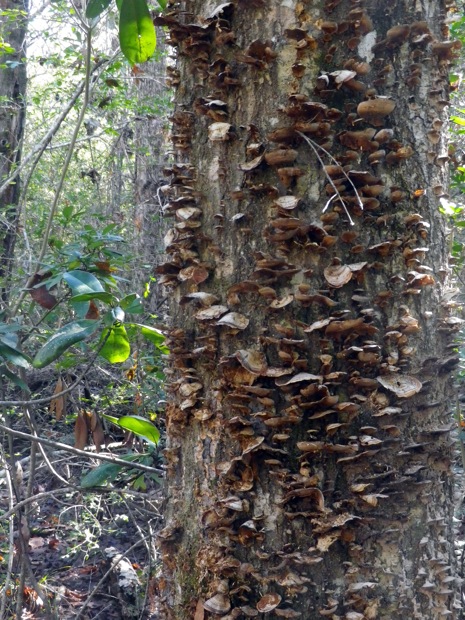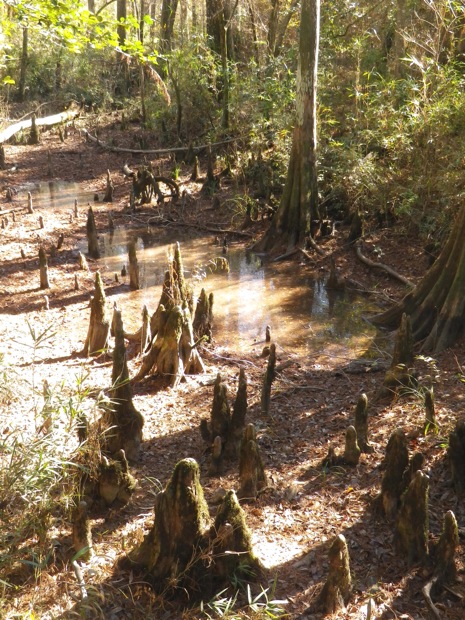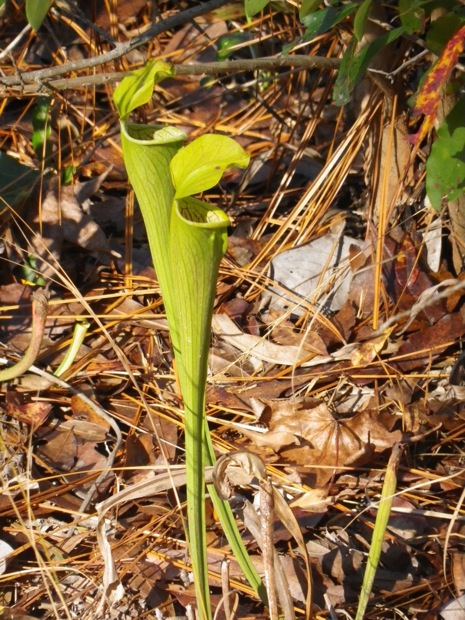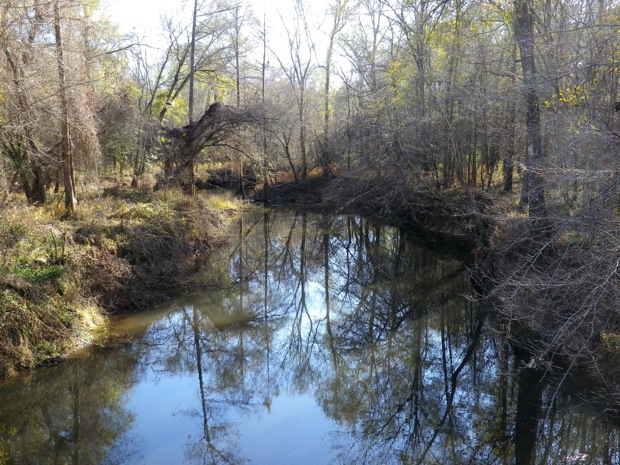
Spread out through the countryside of East Texas north of Beaumont are the 15 separate units that make up Big Thicket National Preserve. Called the “biological crossroads of North America,” Big Thicket was established to protect an amazing diversity of plant and animal species that thrive in the confluence of forests and central plains.
With the arrival of white settlers during the 1850s, harvesting of native timbers was soon followed by sawmills, railroads, farming and eventually oil strikes, so designation as a national preserve by the National Park Service created a new management concept to shelter remaining portions of the original ecology. To further environmental impact studies, the United Nations also named Big Thicket an International Biosphere Reserve in 1981.
Here travelers can explore this extraordinary landscape on easy hiking trails, birding, canoeing, fishing and ranger-led activities. With the splendid weather that accompanied my December visit, hiking several Big Thicket trails became a truly inspiring experience. I was particularly fascinated by the variety of mushrooms that I encountered, including the oyster mushrooms which grow in rows on tree trunks, as shown in the accompanying photograph.
Groups should begin their visits at the excellent Big Thicket Visitor Center. From here it’s only a short distance to the outstanding Kirby Nature Trail, at the entrance to which fine picnic facilities can be found. Other interesting (and easy) hikes in the area include the Sundew and Pitcher Plant Trails, the latter offering a unique opportunity to explore a bog of the renowned insect-eating plant species. There is no charge to visit Big Thicket.

Cypress knees in the swamp

Carnivorous pitcher plants

Reflections in Turkey Creek










